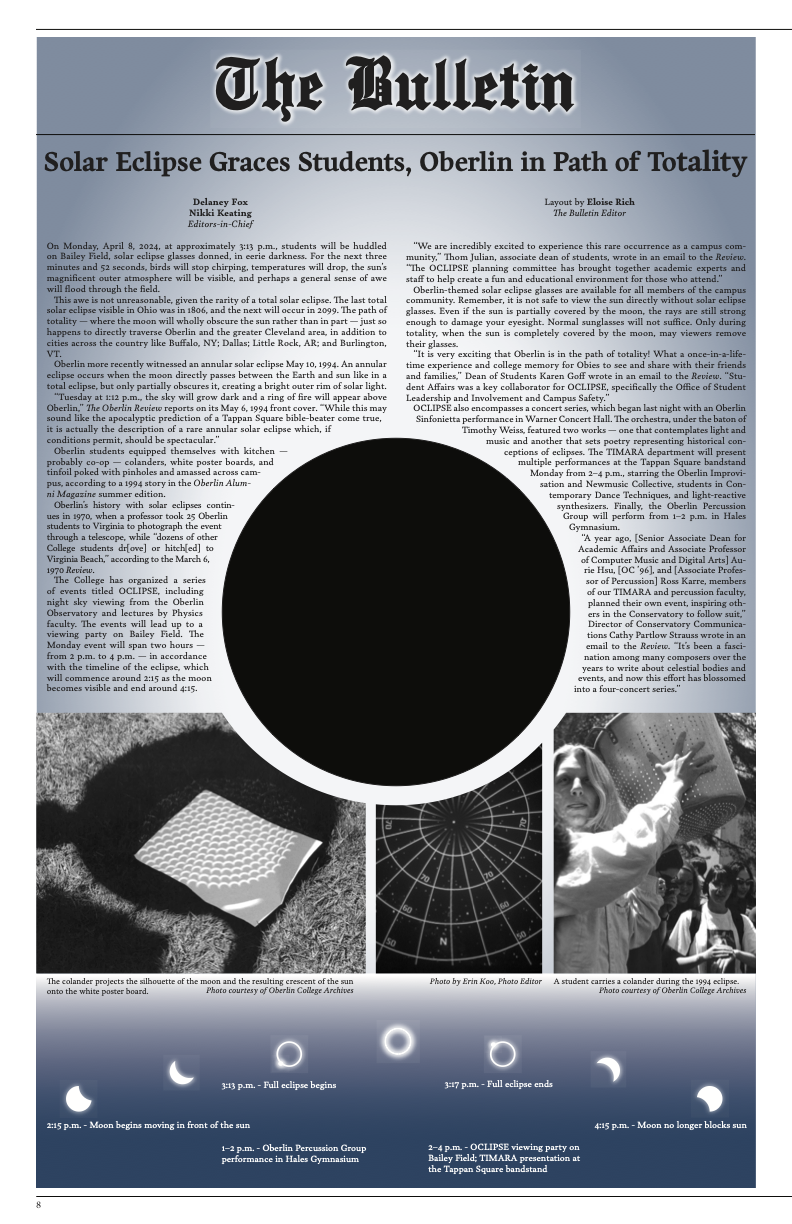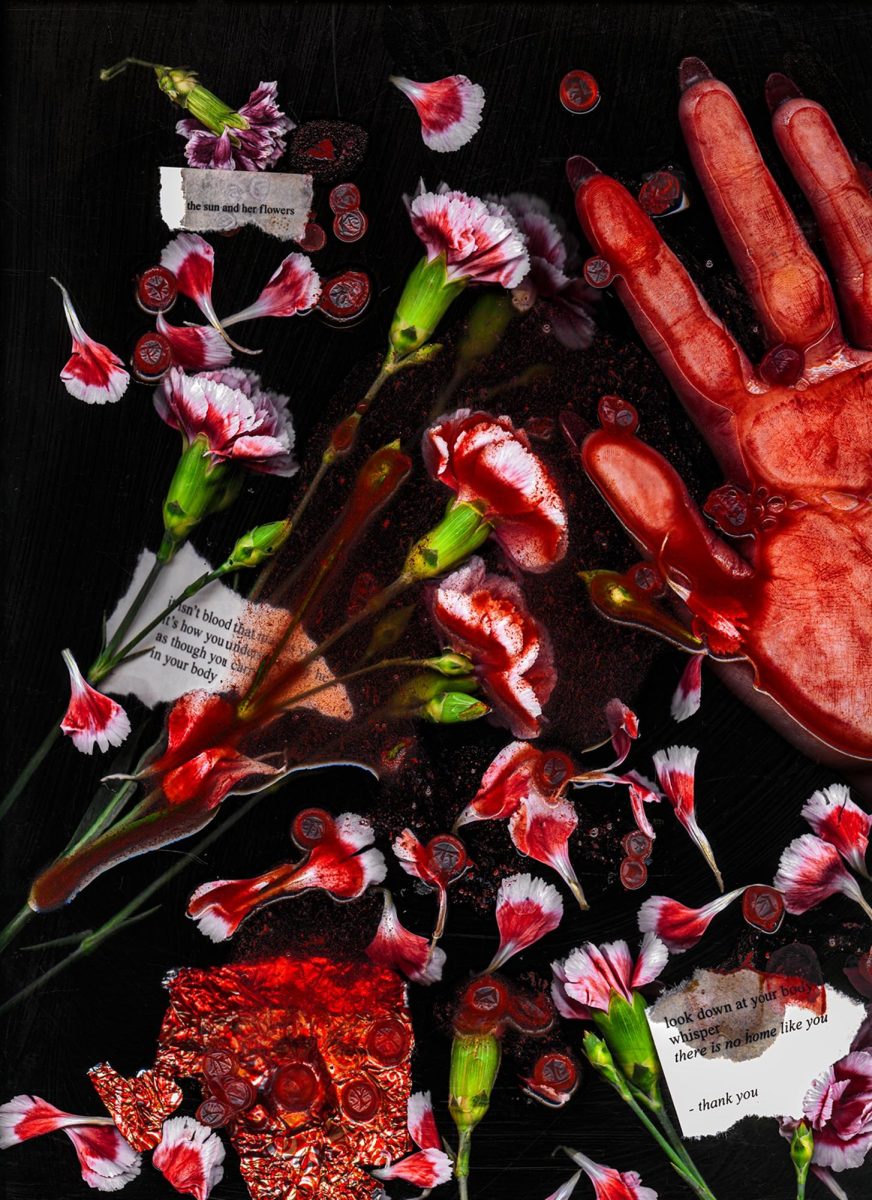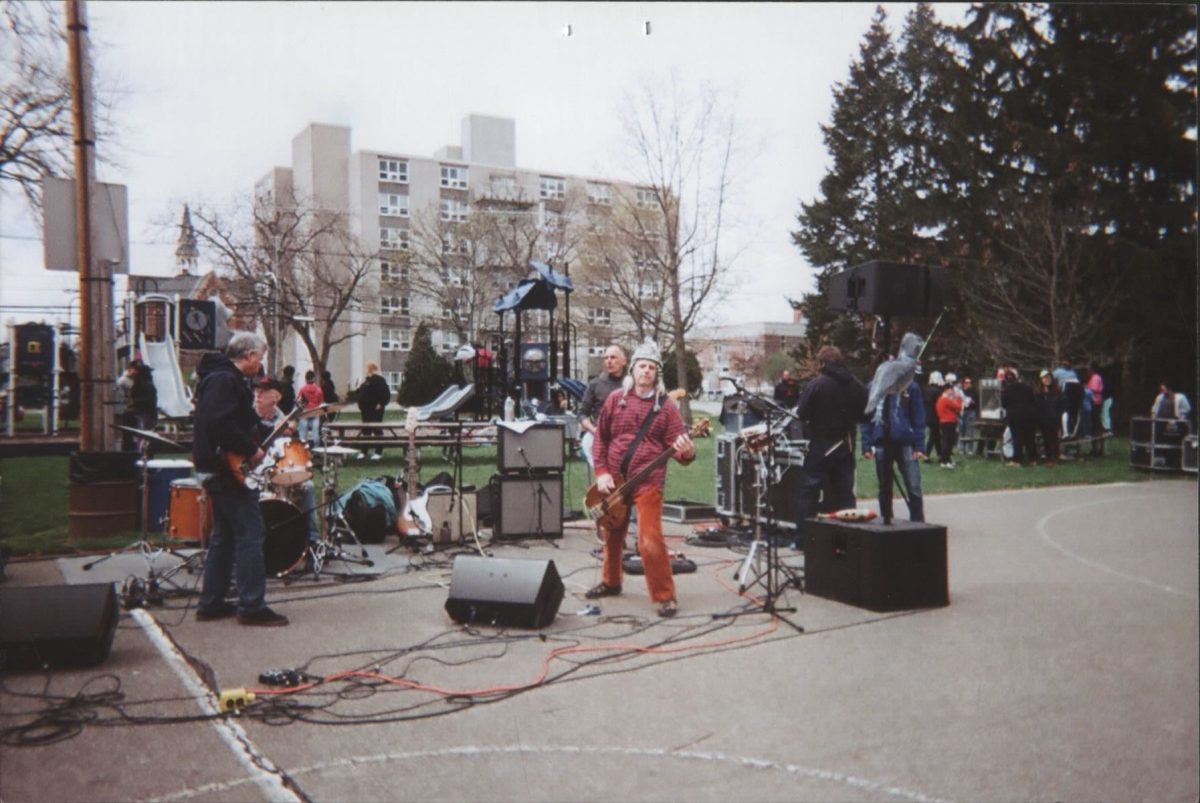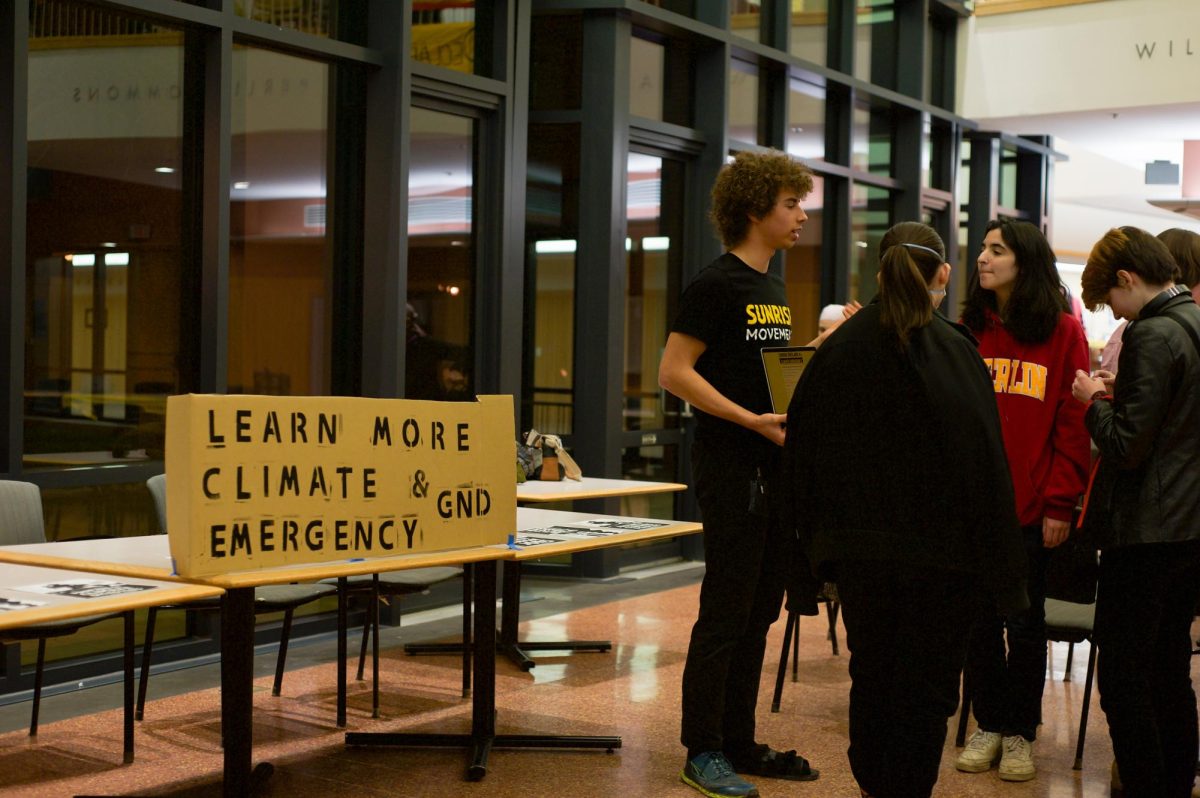On Monday, April 8, 2024, at approximately 3:13 p.m., students will be huddled on Bailey Field, solar eclipse glasses donned, in eerie darkness. For the next three minutes and 52 seconds, birds will stop chirping, temperatures will drop, the sun’s magnificent outer atmosphere will be visible, and perhaps a general sense of awe will flood through the field.
This awe is not unreasonable, given the rarity of a total solar eclipse. The last total solar eclipse visible in Ohio was in 1806, and the next will occur in 2099. The path of totality — where the moon will wholly obscure the sun rather than in part — just so happens to directly traverse Oberlin and the greater Cleveland area, in addition to cities across the country like Buffalo, NY; Dallas; Little Rock, AR; and Burlington, VT.
Oberlin more recently witnessed an annular solar eclipse May 10, 1994. An annular eclipse occurs when the moon directly passes between the Earth and sun like in a total eclipse, but only partially obscures it, creating a bright outer rim of solar light.
“Tuesday at 1:12 p.m., the sky will grow dark and a ring of fire will appear above Oberlin,” The Oberlin Review reports on its May 6, 1994 front cover. “While this may sound like the apocalyptic prediction of a Tappan Square bible-beater come true, it is actually the description of a rare annular solar eclipse which, if conditions permit, should be spectacular.”
Oberlin students equipped themselves with kitchen — probably co-op — colanders, white poster boards, and tinfoil poked with pinholes and amassed across campus, according to a 1994 story in the Oberlin Alumni Magazine summer edition.
Oberlin’s history with solar eclipses continues in 1970, when a professor took 25 Oberlin students to Virginia to photograph the event through a telescope, while “dozens of other College students dr[ove] or hitch[ed] to Virginia Beach,” according to the March 6, 1970 Review.
The College has organized a series of events titled OCLIPSE, including night sky viewing from the Oberlin Observatory and lectures by Physics faculty. The events will lead up to a viewing party on Bailey Field. The Monday event will span two hours — from 2 p.m. to 4 p.m. — in accordance with the timeline of the eclipse, which will commence around 2:15 as the moon becomes visible and end around 4:15.
“We are incredibly excited to experience this rare occurrence as a campus community,” Thom Julian, associate dean of students, wrote in an email to the Review. “The OCLIPSE planning committee has brought together academic experts and staff to help create a fun and educational environment for those who attend.”
Oberlin-themed solar eclipse glasses are available for all members of the campus community. Remember, it is not safe to view the sun directly without solar eclipse glasses. Even if the sun is partially covered by the moon, the rays are still strong enough to damage your eyesight. Normal sunglasses will not suffice. Only during totality, when the sun is completely covered by the moon, may viewers remove their glasses.
“It is very exciting that Oberlin is in the path of totality! What a once-in-a-lifetime experience and college memory for Obies to see and share with their friends and families,” Dean of Students Karen Goff wrote in an email to the Review. “Student Affairs was a key collaborator for OCLIPSE, specifically the Office of Student Leadership and Involvement and Campus Safety.”
OCLIPSE also encompasses a concert series, which began last night with an Oberlin Sinfonietta performance in Warner Concert Hall. The orchestra, under the baton of Timothy Weiss, featured two works — one that contemplates light and music and another that sets poetry representing historical conceptions of eclipses. The TIMARA department will present multiple performances at the Tappan Square bandstand Monday from 2–4 p.m., starring the Oberlin Improvisation and Newmusic Collective, students in Contemporary Dance Techniques, and light-reactive synthesizers. Finally, the Oberlin Percussion Group will perform from 1–2 p.m. in Hales Gymnasium.
“A year ago, [Senior Associate Dean for Academic Affairs and Associate Professor of Computer Music and Digital Arts] Aurie Hsu, [OC ’96], and [Associate Professor of Percussion] Ross Karre, members of our TIMARA and percussion faculty, planned their own event, inspiring others in the Conservatory to follow suit,” Director of Conservatory Communications Cathy Partlow Strauss wrote in an email to the Review. “It’s been a fascination among many composers over the years to write about celestial bodies and events, and now this effort has blossomed into a four-concert series.”









